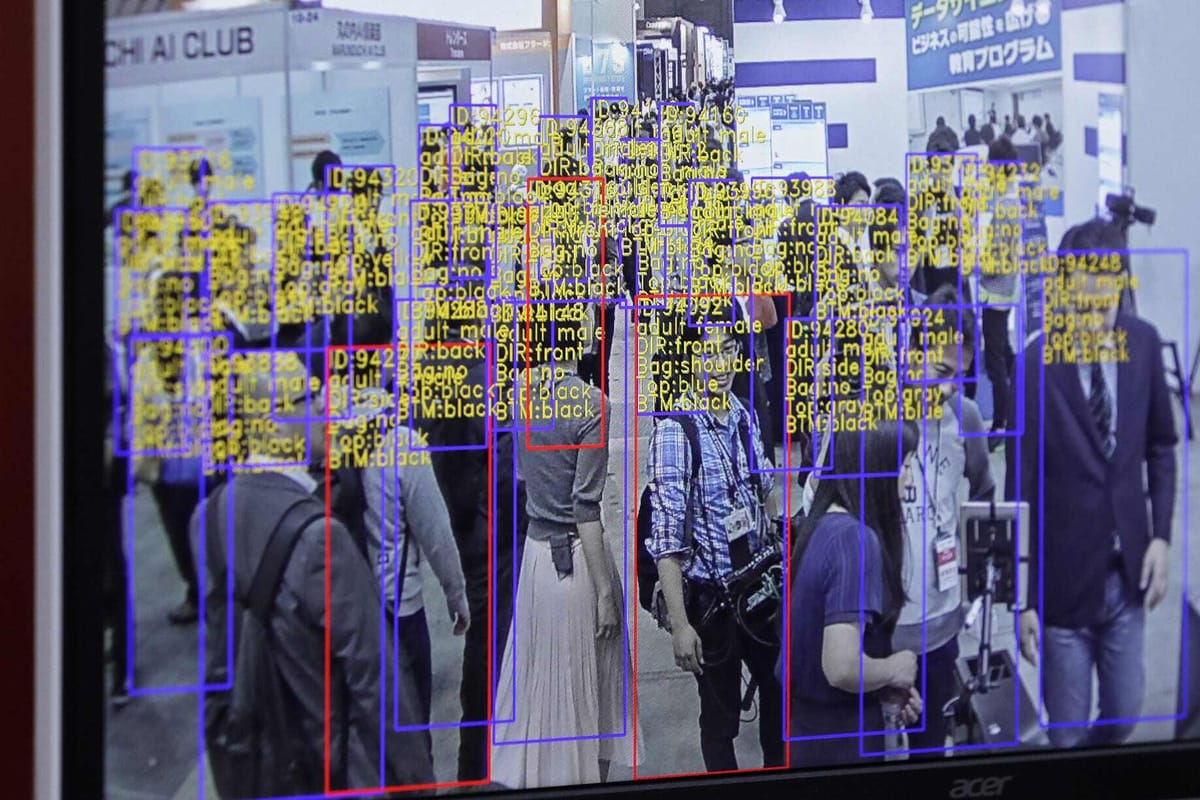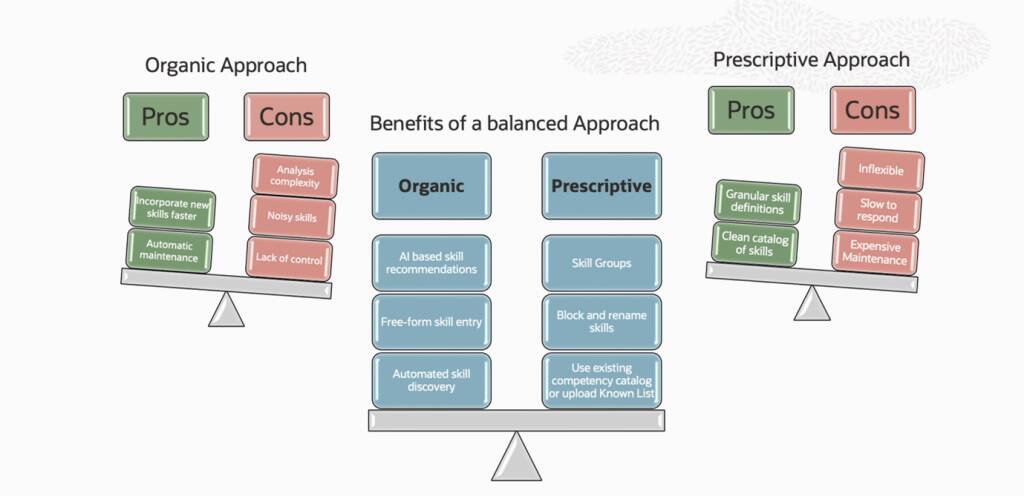AI and the Skill Gold Rush - Course Monster Blog Oracle


The skill reward is right in front of you. AI and the Skill Gold Rush are quickly becoming the main currency for all talent exchanges. Millennials understand that if they have the correct skill set, they can be hired regardless of their career history or educational qualifications.
Organizations that have a clear strategy for recognizing the talents of their talent base have a significant strategic advantage over their competitors. They can estimate future talent requirements, discover and deploy the resources required to reskill their talent base, find the right people externally, and do projects faster and more efficiently than the competitors.
The prescriptive approach of AI and the Skill Gold Rush
Most businesses that worked with have explored different methods for unlocking the power of skills, and while the methods change, the goal is to develop a clean classification of skills to serve as its database.
One approach is to build a full competency catalog and a matrix that connects competencies at different degrees of expertise with each job description. The prescriptive approach is so named because the talent management team is in charge of curating and managing the skill matrix.
Despite all of their efforts, businesses usually fail to achieve the expected results because they misunderstand how dynamic their AI and Skill Gold Rush landscape is. New skills develop, and many skills become outdated so quickly that neither talent management organization can keep up. Keeping the competency catalog up to date, connecting new skills to suitable learning and career development resources, or executing simple aggregate analytics require the creation and maintenance of a complex hierarchy of skills and competencies.
With greater complexity in skill organization, the maintenance costs associated with such a setup might grow quickly. Driving positive network effects is ultimately what determines success. The greater the participation of corporate management, employees, recruiters, and learning and development administrators, the greater the value each stakeholder receives.
When employees don’t see the value of spending their time, the early momentum usually disappears quickly. They may be unable to locate their specific skill set in the competency catalog, or the learning resources associated with the required career development areas may not properly meet their needs and objectives. While some organizations have given up after a while, others continue to operate with such issues.
Gain the expertise needed to thrive in the AI-driven economy. Sign up at Oracle® R12 Financials Awareness Seminar.
The natural approach
Machine learning and natural language processing (NLP) advances are opening the way for innovative approaches to this problem. We now have the technology to automatically extract skills from documents such as a resumé or job requisition, or to allow free-form skill entry, to determine how significant and relevant each of those abilities is to one or more job titles.
We can now identify which skills are important and which are not. We can assign skills to employees and candidates, careers and job advertisements, jobs, and learning catalogs. We can create interactive experiences that allow employees to identify skills that already have and desire to develop, as well as engage them with AI-based ideas as they look for their next big career step.
This procedure presents a fully automated, organic, employee-driven skills model. It can easily keep up with a quickly changing skill landscape. It takes no or little attention. Because all stakeholders see immediate value in participating, network things result.
Customers express concern in our discussions about the lack of control over which skills proliferate in the system and the quality of skills that begin to make their way into the system. We also hear concerns about the analytical challenge that occurs as skill quality degrades. Many AI-based solution suppliers fail to address the issue of implementation effort.
Oracle Dynamic Skills: A Balanced Approach
Addressing these needs today requires a more diverse and complicated approach. AI and NLP-based skill models are the way to go if you want to keep your skills catalog up to date. We also know from our discussions that the option for customers to include their expertise in the catalog is important.
While the system must be able of using AI and automated workflows to keep the skill-to-job title mapping up to date, it must also allow for free-form skill entry and skills discovery from other documents, as well as the ability for administrators to rename skills to meet business demands.
For example, suppose a candidate has experience with change management and a recruiter is searching for someone with experience with business transformation. Customers expect those modern AI systems that recommend matching candidates will identify that these talents are similar in meaning and context. Customers expect to be able to explain that these two abilities are not only similar but interchangeable in their particular company context.
Customers want skill similarity so they can answer questions like “How many employees with machining skills moved from our automotive business unit to our defense business unit?” In such cases, managers who have such insight can start with a skill like CNC machining and look for similar skills, such as 3D simulation modeling or manufacturing techniques, and group them for analysis.
The goal to achieve a balance between prescriptive and organic approaches to fulfill these objectives motivated us in creating the Oracle Dynamic Skills AI solution. As a result, we created a skills recommendation engine for our human capital management (HCM) customers that recommend skills for employees, candidates, job requisitions, career profiles, and courses in less than a day. The skills associated with each entity are now an important matching feature for our smart matching algorithms. Data retrieval, analysis, AI data modeling, and deployment are entirely automated, and any skill or intelligent matching recommendations are carefully incorporated into the appropriate HCM workflows, right where you need them. There is no need for integration or data science experience.
Prepare for the future with essential AI knowledge by enrolling at Oracle® R12 Financials Awareness Seminar.
Conclusion
Data on skills is the new gold. Organizations with a clear approach to recognizing their talent base’s skills and the ability to utilize them successfully have a significant strategic edge over their competitors. The trick is to find an approach that can deal with the extremely dynamic nature of skills data and that can integrate AI-powered insight directly into the organization’s recruiting and talent management software, allowing the HR staff to use it as part of their daily processes with minimal effort.
Here at CourseMonster, we know how hard it may be to find the right time and funds for training. We provide effective training programs that enable you to select the training option that best meets the demands of your company.
For more information, please get in touch with one of our course advisers today or contact us at training@coursemonster.com




Comments ()